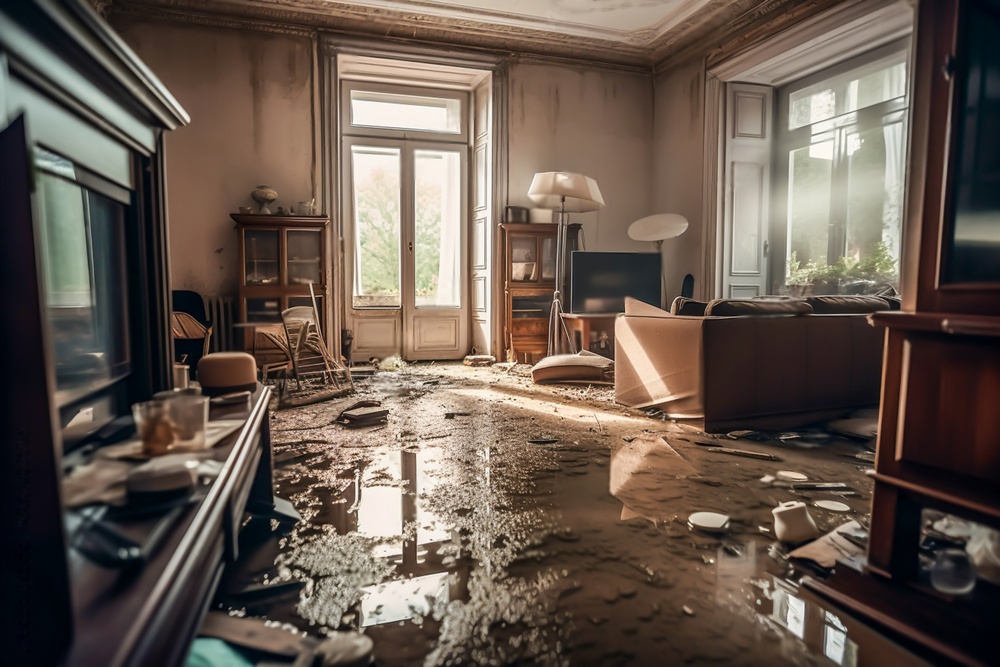Flood damage can be devastating, both emotionally and financially. It can leave you feeling overwhelmed and unsure of where to start in the recovery process. However, with the right mindset and a plan, you can bounce back from flood damage and restore your home and life. Here are some steps to help you get started:
1. Ensure safety: Before you begin any cleanup or restoration work, it is crucial to prioritize safety. Ensure your home’s electricity and gas supply is turned off to avoid any potential hazards. Wear protective gear such as gloves, boots, and masks to protect yourself from contaminated water and mold.
2. Document the damage: Take photos and videos of the flood damage to provide evidence for insurance claims. Make a detailed inventory of all the damaged items, including their value and purchase date. This documentation will help you in the claims process and ensure you receive the appropriate compensation.
3. Contact your insurance company: Notify your insurance company about the flood damage immediately. They will guide you through the claims process and provide the necessary information and forms to fill out. Be prepared to provide them with the documentation you have gathered.
4. Remove standing water: Remove any standing water from your home if it is safe. Use pumps, wet/dry vacuums, or buckets to extract the water. Open windows and doors to allow for ventilation and help with drying.
5. Dry out your home: After removing the standing water, it is essential to dry out your home thoroughly to prevent mold growth. Use dehumidifiers, fans, and open windows to increase air circulation. Remove wet carpets, furniture, and other items that cannot be salvaged.
6. Clean and disinfect: Once your home is dry, clean and disinfect all surfaces that come into contact with floodwater. Use a mixture of bleach and water to kill any bacteria or mold. Be sure to wear protective gear and follow the instructions on the cleaning products.
7. Assess and repair structural damage: Inspect your home for any damage caused by the flood. This may include damaged walls, floors, or foundations. Consult with professionals, such as contractors or engineers, to assess the extent of the damage and determine the necessary repairs.
8. Restore utilities: Contact professionals to inspect and restore your utilities, such as electricity, gas, and water. Do not attempt this yourself; it can be dangerous if not done correctly.
9. Replace damaged belongings: Once your home is safe and habitable, start replacing the damaged belongings. Prioritize essential items such as furniture, appliances, and personal belongings. Take this opportunity to declutter and organize your space.
10. Seek emotional support: Dealing with flood damage can be emotionally draining—contact friends, family, or support groups to share your experience and seek emotional support. Consider seeking professional help if you are struggling to cope with the flood’s aftermath.
Remember, recovering from flood damage takes time and patience. It is essential to have a positive mindset and focus on your progress. Proper planning and the right resources, you can recover from flood damage and rebuild your home and life.

